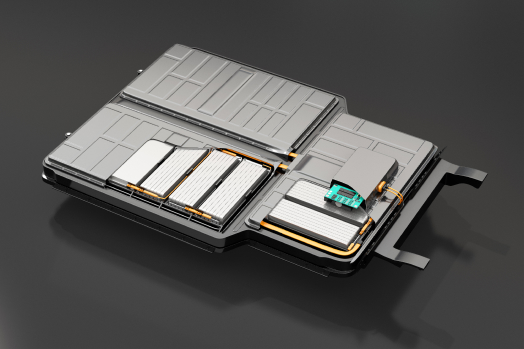Battery Management System
Our designing of a Battery Management System (BMS) involves several key considerations to ensure the safe and efficient operation of batteries. Here are the essential steps and factors we consider when designing a BMS:
-
Battery Chemistry: WE understand the specific characteristics and requirements of the battery chemistry you are working with. Different battery chemistries (e.g., lithium-ion, lead-acid, nickel-cadmium) have varying voltage ranges, charging/discharging profiles, and safety considerations.
-
System Requirements: WE define the system requirements based on the application and intended use of the battery. Consider factors such as voltage range, current capacity, energy capacity, charging/discharging rates, temperature range, and expected lifespan.
-
Cell Monitoring: WE implement cell monitoring to measure and track individual cell voltage, temperature, and sometimes current. This monitoring can be done through dedicated battery management integrated circuits (BMICs) or analog front-end circuits (AFE). The BMS should be capable of accurately monitoring and balancing individual cell voltages to prevent overcharging or over-discharging.
-
Safety and Protection: WE implement safety mechanisms to prevent overcharging, over-discharging, short circuits, over-temperature, and other potential hazards. This may include overvoltage protection (OVP), undervoltage protection (UVP), overcurrent protection (OCP), temperature monitoring, and fault detection.
-
State-of-Charge (SoC) Estimation: WE develop algorithms or utilize existing SoC estimation methods to accurately determine the battery’s state of charge. This information helps in managing charging and discharging operations and prevents operating the battery outside its safe limits.
-
Communication: WE incorporate communication interfaces such as CAN (Controller Area Network), SPI (Serial Peripheral Interface), I2C (Inter-Integrated Circuit), or UART (Universal Asynchronous Receiver-Transmitter) to enable data exchange between the BMS and external systems. This allows for monitoring, control, and data logging.
-
Balancing: WE implement cell balancing to equalize the charge levels of individual cells within a battery pack. Balancing ensures that cells with lower capacities or higher internal resistances do not become overcharged or undercharged compared to the rest of the pack. Balancing can be achieved through passive or active methods.
-
Fault Diagnosis and Prognostics: WE develop or integrate diagnostic algorithms that can detect and diagnose faults in the battery system, such as cell degradation, abnormal behavior, or internal short circuits. Prognostic algorithms can also estimate the remaining useful life (RUL) of the battery based on its usage patterns and health indicators.
-
Thermal Management: WE incorporate thermal management systems to regulate the battery temperature within safe operating limits. This may involve temperature sensors, cooling systems, and thermal runaway prevention measures.
-
Enclosure Design: WE ensure that the BMS is designed for the specific environment and application, considering factors such as vibration, shock, humidity, and ingress protection. Select appropriate enclosures and connectors to safeguard the BMS components.
-
Testing and Validation: WE thoroughly test the BMS design under various operating conditions and scenarios to validate its performance, safety, and reliability. This may include simulating real-world scenarios, such as temperature extremes, voltage fluctuations, and rapid charging/discharging cycles.


